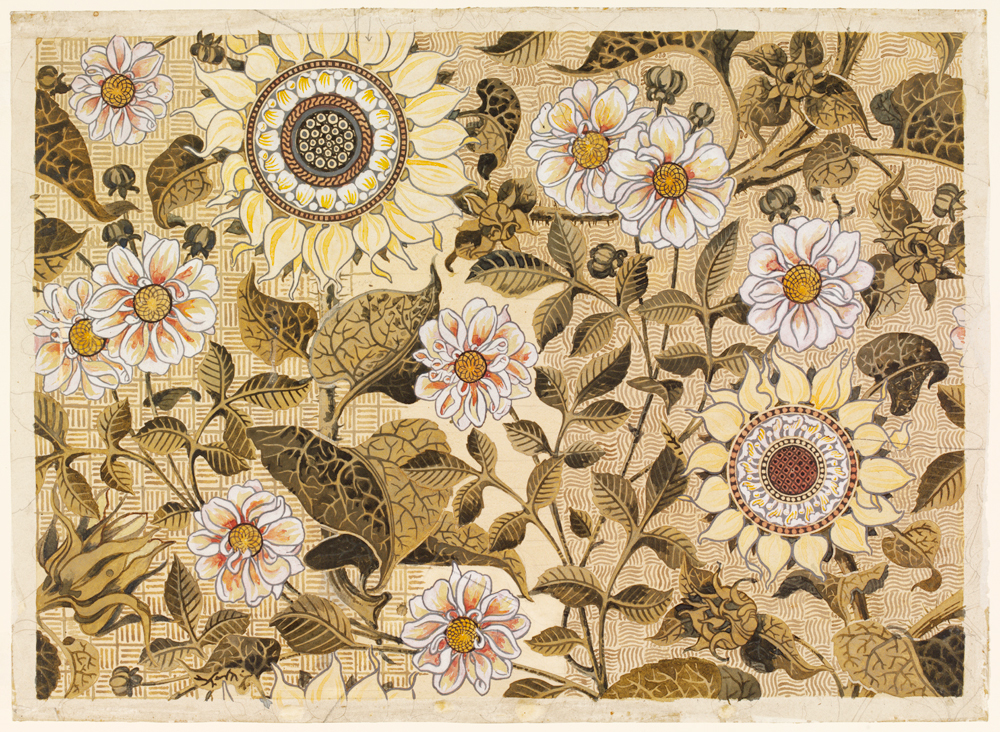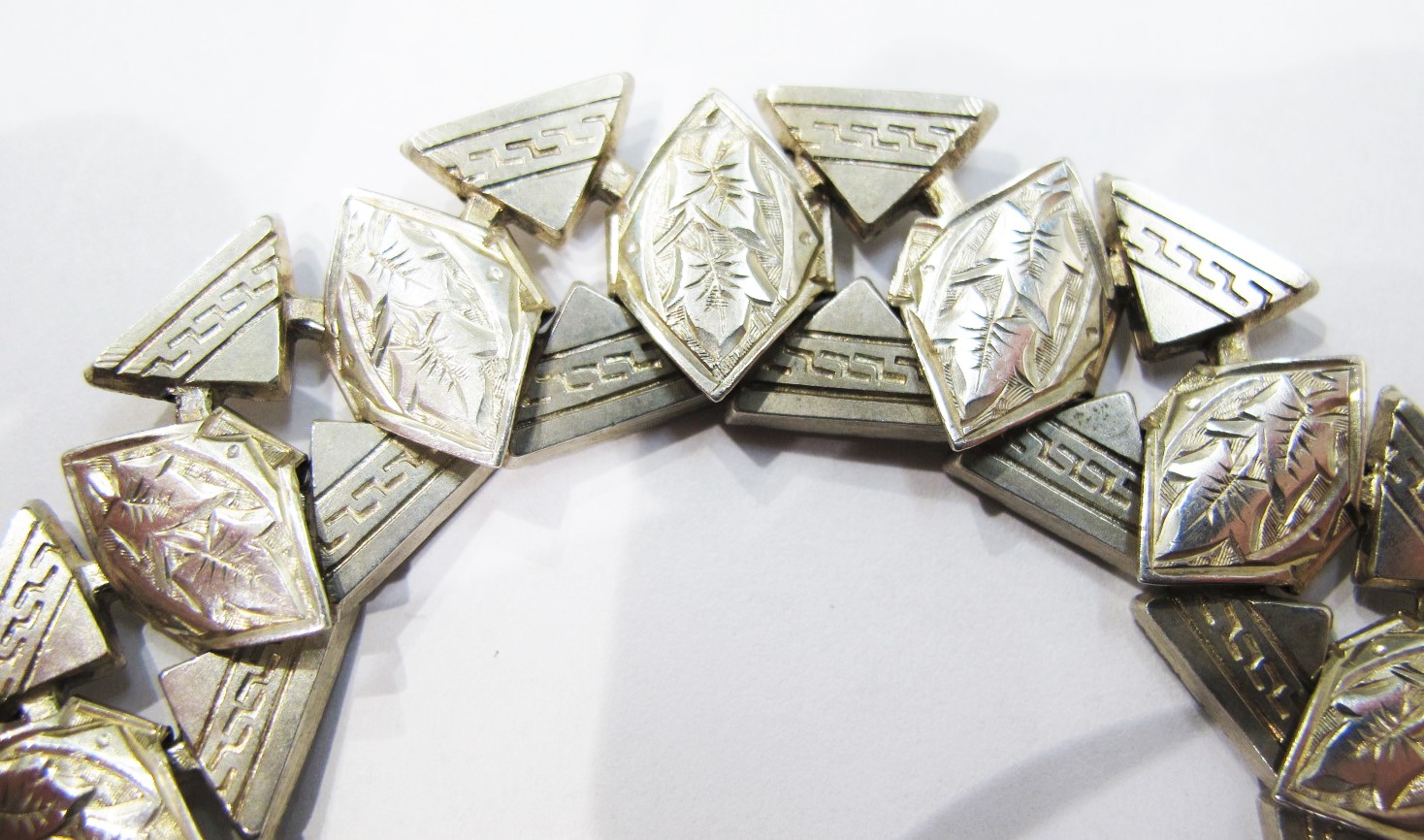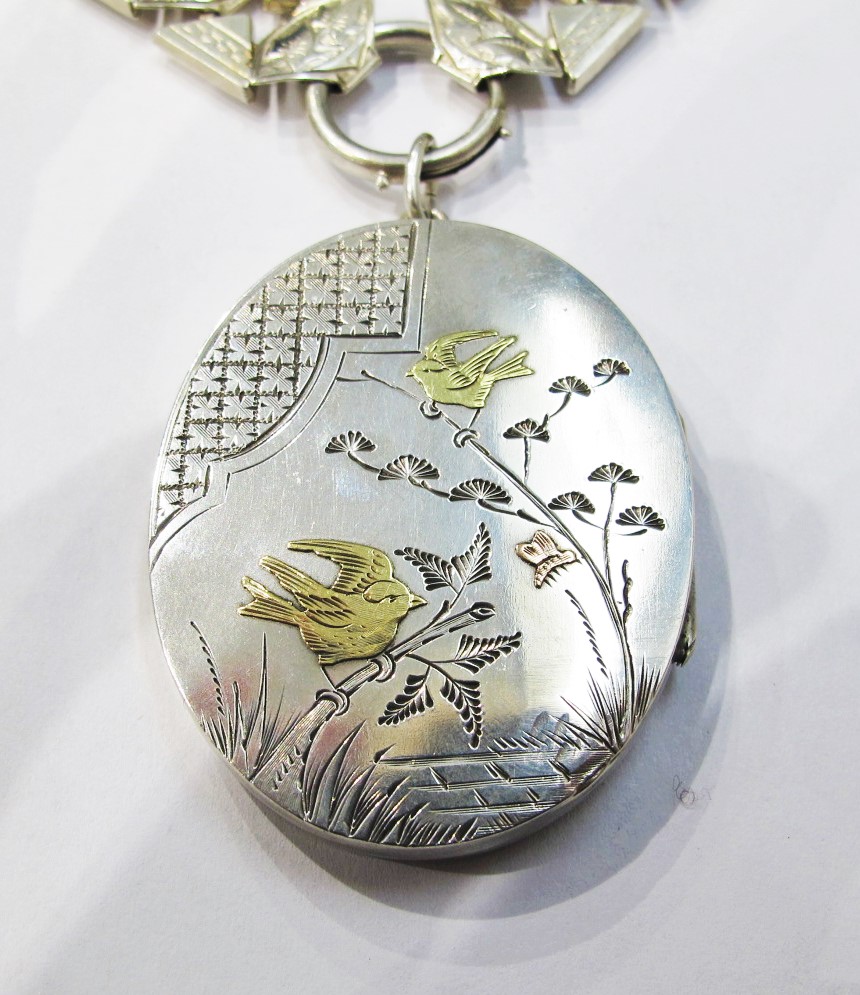We’re always pleased when jewelry reveals some of it secrets through hallmarks, maker’s marks and engraved details. However, some jewelry are meant to keep secrets; artisans have built compartments to protect the wearer’s valuables and tokens of significance, and encase them in some seriously fabulous materials.
19th Century Etruscan Revival coach covers, from the Gray & Davis archives.
Coach cover with the old mine cut diamond earring it encased, from the Gray & Davis archives.
Fashionable and functional in the 19th century, “Coach covers” are attachable orbs that cloaked valuable earrings to protect the wearer in transit (we assume from villainous highwaymen). Once the wearer arrived at her destination, she could remove the covers and let her diamonds out.
A 15K gold brooch pendant with its original pin and catch made c. 1860.
The brooch pendant's secret locket compartment, now fitted with a piece of brocade.
Jewelry that incorporated a loved one’s hair became popular in the seventeenth century and remained in fashion until the end of the nineteenth century. Pieces could be given as both a sentimental gesture (Queen Victoria gave hair jewelry throughout her life) or included as part of mourning jewelry to further personalize the token of remembrance. Jewelry with a glass plate built in, as well as some daintier antique lockets, most likely held beautifully woven hair; period jewelers were skilled at braiding and working it into compartments of brooches, pendants and rings.
A 15K rosy gold locket ring with a buckle design and hand engraving, made c.1830.
Buckle ring hides woven hair around the band's center.
Small ring compartments may have held other secrets besides hair. Rings crafted with a small lidded compartment for herbs, or something more sinister, are mentioned in ancient texts. Famous locket ring wearers included Elizabeth I and members of the powerful Borgia family. The ring’s use in fictional and real life drama buoyed their popularity in the 16th through 19th centuries.
Victorian 15K gold and banded agate men's intaglio ring with locket compartment.
Larger locket pendants became fashionable c. 1860-1880, coinciding with increasing availability of portrait photography – for the first time, images could be created and mounted into jewelry that didn’t require the skill of a miniature portrait painter. Today, with the help of image resizing, we can put pictures into those small jewelry compartments so they may once again hold treasured mementos.
French 18K gold Georgian locket with carved Garnet and scalloped edge of rose cut diamonds, c.1800. Rock crystal locket backing.
Early 20th Century 14K gold locket watch fob with black enamel and a spider design set with an old mine cut diamond.
Victorian 18K rose gold watch chain is hung with a shield-shaped locket containing a hinged disk of rock crystal. French Import mark c. 1838 - 1864.

















